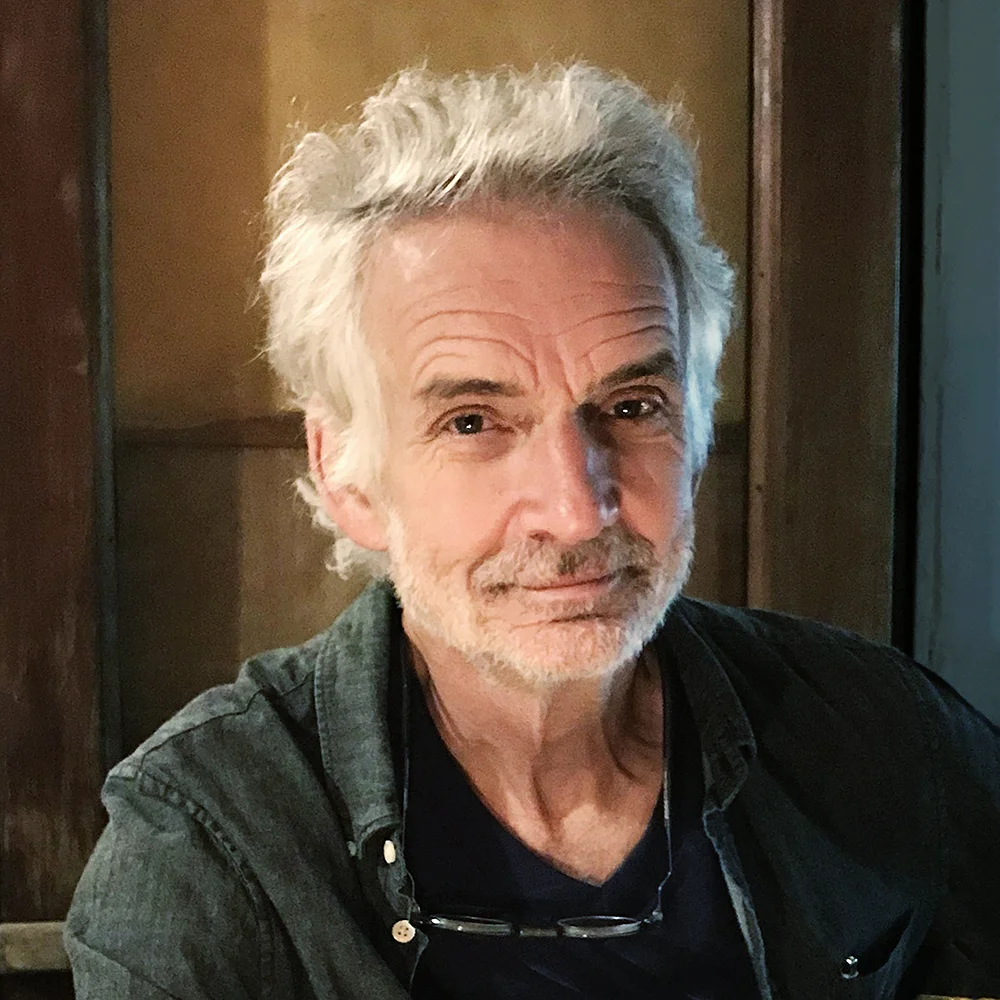Buck Holzemer's photography career began at the young age of eight when he climbed onto a garage roof to capture images of his friends playing basketball below. This experience sparked a lifelong fascination with the magic little window of the camera. After an multi-year detour to study the unseen world through physics and mathematics, he returned to the “magic little window” in his late twenties and began a career in photography and soon expanded into filmmaking.
Throughout his career, Buck has received numerous accolades, including the prestigious Clio award for television commercials, recognition in the Communication Arts Photography Annual, awards from Print magazine, and the Grand Prize for fine art work from PDN magazine. In 2013, he won a Best of Show award from the International Photography Awards, and in 2019, he received the People's Choice Award from National Geographic.
Buck's versatility as an image maker is evident in his work across various photographic genres and his filmmaking projects in Minneapolis, Los Angeles, New York, Milan, and Guatemala. For the past decade, he has collaborated with producer Patti Petrich to create media for Common Hope, a St. Paul based non-profit organization that supports education for children in Guatemala. Through this partnership, he has produced numerous videos and portraits of over 800 Guatemalan children.
In recent years, Buck has dedicated his time primarily to personal photographic projects.
Awarded Photographer of the Week - Week 05
